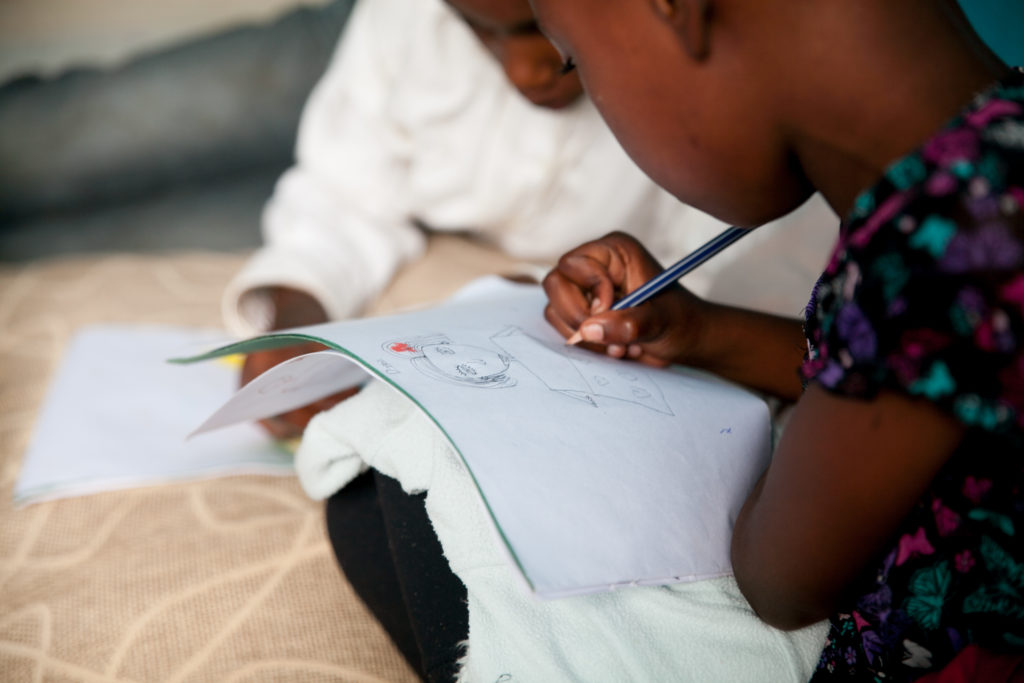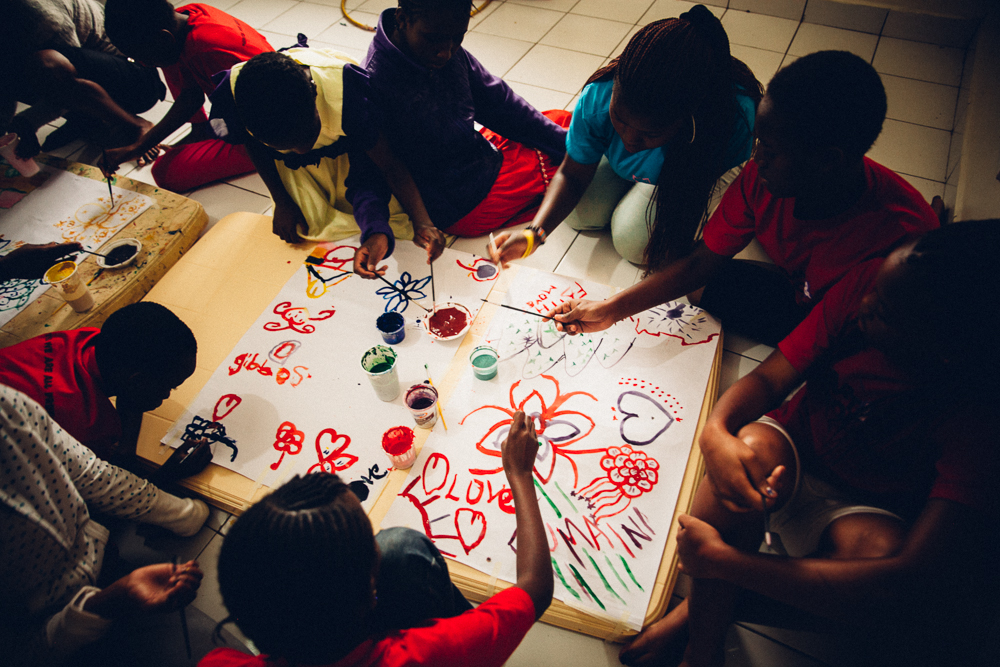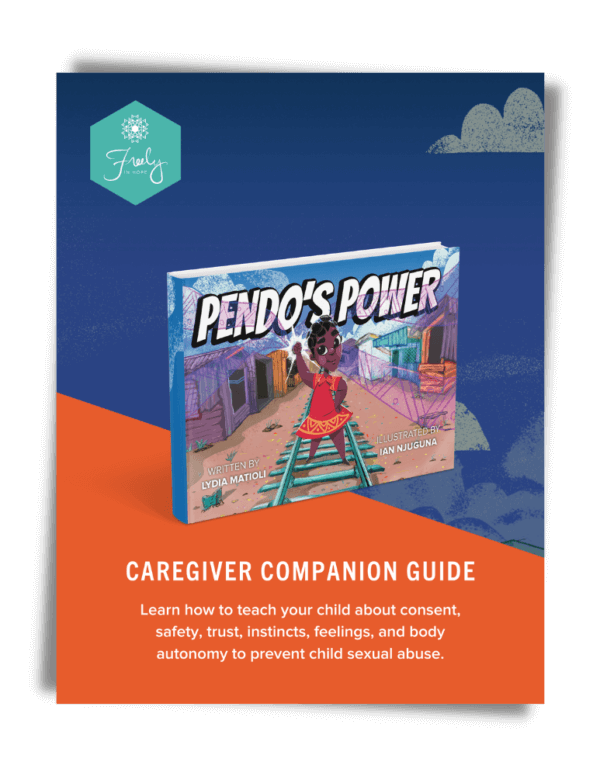Parenting young ones in such peculiar times can feel like a never ending roller coaster ride. As a caregiver, you juggle so many responsibilities in order to secure a future for your child. Dealing with so many tasks and concerns poses the risk of missing signs that could identify whether your child has experienced sexual abuse. Keeping children safe can be challenging because perpetrators are often in positions of trust. Perpetrators who engage in grooming often take steps to hide their actions, which presents a need for a vigilance and intentionality in assessing the safety of our children.
Child grooming is the deliberate process of sexual predators that inititates and maintains relationships of sexual nature with minors. Grooming involves gaining the child’s trust and normalizing sexual behavior, and can happen in both physical and online spaces. Perpetrators select their victims based on ease of access, proceeding to isolate the child, gain their trust, normalize sexual acts and topics, and finally, the perpetrator will attempt to avoid suspicion from others. Because of the gradual and manipulative nature of grooming, the child may not realize that they are experiencing abuse.
In order to prevent child sexual abuse, parents must look for the following red flags in adults who have access to their children:
Does not respect boundaries – Perpetrators may dishonor and push boundaries, being dismissive or minimizing attempts others make to hold them accountable. They are likely to have inappropriate conversations or unusual interest in a child’s sexual development. Perpetrators may cross physical boundaries, such as repeatedly touching or hugging a child when it is unwanted. They may downplay these acts with statements like, “I was only joking”. You can learn more about the importance of establishing these relational boundaries by clicking here.
Gives unnecessary gifts – Giving excessive gifts without a reason or occasion–whether large or small–may be intended to “gain trust” while presenting the image that the perpetrator poses no risk. In online spaces, offenders may offer to give children money or buy them something in exchange for inappropriate photos.
Spends excessive time with your child – Perpetrators may pose as a part of the child’s support system, giving the illusion that they care about the child more than anyone else. They may even offer to help the parent or caregiver in order to gain alone time with the child. In online spaces, offenders will transition their conversations from social media to private chats and video calls. This tactic is two fold as it isolates the child from their true support system while normalizing and easing them into sexual behavior.
Deceptive online profiles – Perpetrators will often use fake identities that appeal to the interests of minors. Some will misrepresent themselves as younger or members of the same sex, extorting young children once they have gained their trust.
Sexual abuse includes elements of emotional and physical abuse, therefore widening the red flags to look out for. While any one sign does not mean that a child has been sexually abused, the evidence of several of these may suggest the possibility. Some signs may be hard to differentiate from issues caused by other stressors. When grooming is involved, signs of sexual abuse will more present themselves as emotional and behavioral. Some of these signs may also differ with age.

Signs of Sexual Abuse in Young Children
Physical Signs:
- Bruising or bleeding on genitals, mouth, or clothing and bedding. They may also complain of pain, be sensitive to touch, and may have difficulty while sitting or walking.
- Sexually Transmitted Infections or Urinary Tract Infections
Behavioral signs:
- Demonstrating sexual knowledge inappropriate for their age, or sexual curiosity or behavior. For example, demonstrating sexual activity with toys or having new words for private parts.
- Appearing unusually fearful or being inconsolable around a certain adult or caregiver.
- Being excessively clingy towards an adult that they feel safe with or suddenly shunning affection from a parent.
- Showing regressive behaviour, such as going back on the milestones they have already achieved. This may look like bedwetting, thumbsucking, or soiling themselves.
- Demonstrating a change in demeanor. A normally outgoing child may become unusually passive, while a generally mild child may become aggressive.
- Being reluctant or fearful to remove clothing. They may want to remain covered up even when it’s hot.
- If your child possesses money but, as a parent, you are not sure where it came from.
Emotional signs:
- Disturbed sleep patterns. Sometimes young children may struggle with trouble getting sleep or excessive sleeping, nightmares, or excessive fear of being alone in a room.
- Excessive worry, anxiety, or bouts of crying.
- Changes in eating patterns. This may be decreased or increased stress eating.
- Health problems, such as headaches and stomach aches that cannot be explained.

Signs of Sexual Abuse in Teenagers
Physical Signs:
- Unexplained bruising or injury on their body. They may also have difficulty walking or sitting.
- Pain, itching, bleeding, or bruising in or around the genital areas.
- STIs or UTIs
Behavioral/ Emotional Signs:
- Age-inappropriate knowledge on sexual matters.
- Being secretive. For example, suddenly having unexplained money or a new, older friend that they don’t want you to meet.
- Regression, such as bedwetting.
- Changes in their dressing habits, such as covering themselves up or dressing to be sexually provocative.
- Changes in hygiene routines, such as being reluctant to shower or observe basic hygiene.
- Unusual weight gain or weight loss.
- Defiant behavior including aggression or missing school.
- Falling grades or difficulty concentrating in school and at home.
- Drug use.
- Self harming behaviour. You may notice cutting, biting, or burning marks, or bald patches where they have pulled out hair.
It’s not always easy to spot signs of child sexual abuse, and there may be instances where you are uncertain whether or not it is happening. But listening and trusting your parental instincts is the key. All that you need to act on is the gut feeling that something isn’t right, even if you can’t point out why. Remember that you are not alone, and that there are people around you who can help and guide you. You may have to make some difficult decisions, but you are on the right path to protecting and educating your child.
Pendo’s Power is a children’s book that teaches about body safety. Pendo empowers children to utilize their powerful voices to keep themselves and their friends safe from child sexual abuse. To equip your family on ways to prevent child sexual abuse, buy Pendo’s Power today!

download the free caregiver's guide
The Pendo’s Power Caregivers Guide is written with the hope that through open, consistent, and transparent conversations, children will be able to understand and articulate the concepts of consent, bodily integrity, and trust. We wrote this companion guide to help parents and caregivers have open conversations with children and explore the key messages of Pendo’s story.
Thank you for downloading the Pendo's Power Caregiver Companion Guide!
If you are not sure whether your child has experienced sexual abuse, learn helpful ways to approach the subject with your child. If your child has experienced abuse, there are several resources to help you navigate this difficult period. You can find helpful information about parenting a child who has experienced abuse, and by downloading our guide on trauma-informed parenting.





